So mangroves. Plenty of them on the offshore islands and Sungei Buloh. They are the dominant plant species in the intertidal zone, and are very important to the other marine organisms living on or around the mangrove swamps. Due to land reclamation, alot of the original mangrove plants have been destroyed but new plantations of mangroves has hence arose.
 |
| Planted Mangroves |
The intertidal existence to which these trees are adapted represents the major limitation to the number of species able to thrive in their habitat. High tide brings in salt water, and when the tide recedes, evaporation of the seawater in the soil leads to further increases in salinity. The return of tide can flush out these soils, bringing them back to salinity levels comparable to that of seawater. At low tide, organisms are also exposed to increases in temperature and desiccation, and are then cooled and flooded by the tide. Thus, in order for a plant to survive in this environment, it must tolerate broad ranges of salinity, temperature, and moisture, as well as a number of other key environmental factors. It is unsurprising, perhaps, that only a select few species make up the mangrove tree community.
 |
| Red Mangrove |
Red mangroves( Rhizophora mangle ) exclude salt by having significantly impermeable roots which are highly suberised, acting as an ultrafiltration mechanism to exclude sodium salts from the rest of the plant. Analysis of water inside mangroves has shown 90% to 97% of salt has been excluded at the roots. It has been frequently stated that salt which does accumulate in the shoot, concentrates in old leaves which the plant then sheds, a concept that has become known as the "sacrificial leaf." However, recent research suggests that the older, yellowing leaves have no more measurable salt content than the other greener leaves.
 |
| Black Mangrove Roots |
Other adaptations include Pnuematophores (aerial roots) of Black Mangroves(Avicennia germinans) which allow mangroves to absorb gases directly from the atmosphere, and other nutrients such as iron, from the inhospitable soil. Mangroves store gases directly inside the roots, processing them even when the roots are submerged during high tide.
Because of the limited fresh water available in salty intertidal soils, mangroves limit the amount of water they lose through their leaves. They can restrict the opening of their stomata (pores on the leaf surfaces, which exchange carbon dioxide gas and water vapour during photosynthesis). They also vary the orientation of their leaves to avoid the harsh midday sun and so reduce evaporation from the leaves. Mangrove seeds are also buoyant and therefore suited to water dispersal. Unlike most plants, whose seeds germinate in soil, many mangroves (e.g. red mangrove) are viviparous, whose seeds germinate while still attached to the parent tree. Once germinated, the seedling grows either within the fruit (e.g. Avicennia), or out through the fruit (e.g. Rhizophora) to form a propagule (a prepared seedling) which can produce its own food via photosynthesis.
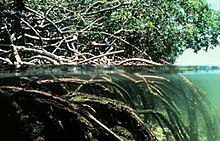 |
| Mangrove Nursery(R) |
Though there are over a hundred species of plants classified as "mangroves" only a few are from the mangrove plant genus,Rhizophora. Mangroves provide a buffer against wave action(tsunami,hurricanes) and help to dissipate the wave energy by their massive root systems. The roots of the mangrove also help to hold the soil and prevent erosion. Mangroves slow water flow, thereby enhancing sediment deposition in areas where it is already occurring, causing all except fine particles to be removed when the tide ebbs.The ecosystem that these trees create provides a home for a great variety of other marine organisms, giving them shelter from aerial and terrestrial predators, and protects them from wave action by preventing them from being washed away. Their roots also provide marine organisms with a safe nursery to breed and raise their young. These include shrimps, mud lobsters, barnacles, crabs, algae and sponges.
Associated organisms:
Tree Climbing Crab
 |
| Tree Climbing Crab(R) |
Scientific classification
Kingdom: Animalia
Phylum: Arthropoda
Subphylum: Crustacea
Class: Malacostraca
Order: Decapoda
Family: Sesarmidae
Tree climbing crabs have flat, squarish bodies and flat, pointed legs which inhabit mangroves. Singapore mangrove trees are often filled with these tree-climbing crabs. They are tiny in size, 4 – 5 cm in width. The sides of the body have net-like pattern next to the mouth parts, helping the water stored in gill chambers recirculate to oxygenate the crab, enabling them to stay out of water for some time.
They dig holes at the mangrove base or in mud lobster mounds during lower tides. At high tide, they climb up the trees and stay there motionless. It is probably to avoid aquatic predators, along with them well camouflaged and not moving which protect from flying predators like birds. When they sense danger, they just drop into the water and climb up again. They can climb up heights of over 6m. When tides go down, they slowly climb down again.
They consume mostly leaves and are known as pests of mangrove plantations as they attack propagules or mangrove seedlings. Leaves can be found on the ground at night, or by climbing up trees. Just like other crabs, it also scavenges any dead animal it encounters.
They have been a food source for humans. Teochews are known to pickle the crabs in black sauce with vinegar and eat with porridge. Salted with the roe or fried whole is well-liked among them.
Dog-Faced Water Snake
 |
| Dog-faced water snake(R) |
Kingdom: Animalia
Phylum: Chordata
Class: Reptilia
Order: Squamata
Suborder: Serpentes
Family: Colubridae
Subfamily: Homalopsinae
Genus: Cerberus
Species: Cerberus Rynchops
The dog-faced water snake (man, it doesn't even look like a dog -.-) is a species of snake found commonly in the coastal waters of Asia and Australia. It lives in slow-moving waters in mangroves, brackish rivers mudflats, streams, ponds, tidal pools, algae patches, and some may be found in freshwater far inlands. Unlike many snakes, it give birth to live young, numbering from 8 to 30 at once, either in water or on land.
It moves in a side-winding direction across mudflats. Their valved nostrils close when underwater, and long and buoyant lungs help floating. They get their (awkward) name from their distinctive head shape with large scales, small eyes positioned close to the top of the head and nostrils, with well defined "lips". The eyes can let them maintain vision even half-submerged in the mud. The dorsal colour is brown-grey, with white or cream-coloured patches and motled.
They are nocturnal and aquatic, and huge numbers emerge at night during low tide to feed on fish and other invertebrates. They hunt by sitting well-camouflauged and wait for the prey to fall unsuspectingly on it, or lure them with their prehensile tail. Or, they chase after their prey. Their rear-fangs and venom would be able to kill the prey, and then they consume it.
However, it is a mildly venomous snake which rarely affect humans. They are usually docile and unaggressive, allowing humans to handle them even in mud. (However, on land, their natural instinct is to flee any danger. A foul smell is emitted and might bite when cornered.) Also, they are in the least conserved conservation status. These have made them popular to snake hobbyists, along with its attractive bright-yellow to orange belly colouring in many of the females.
Other Plants in the Mangrove;
Sea Hibiscus
A very common shrub to tall tree, this plant with delightful heart-shaped leaves and bright yellow flowers that attract red bugs is often seen on many of our wild shores.Leaves (10-15cm) heart-shaped, dark green and shiny above, white and finely furry beneath. The leaves have tiny slits on the main veins on the underside of the leaf. Secretions from these slits often attracts ants, which protect the plant from predators. The ants get the sweet secretions and shelter from the plants, and the plants benefit from the protection the ants offer. This a mutualistic relationship
According to our sources, the flower blooms at about 9am, long after sunrise and close in the afternoon at about 4pm. The petals usually fall off the same evening or the next morning. Usually, every flower sets fruit, which ripens to a tiny dry capsule (2-3cm) surrounded by the calyx. It splits open to reveal the seeds which float and can withstand extended periods of immersion in sea water.
This plant usually grows in the back mangrove and it indicates the presence of water.
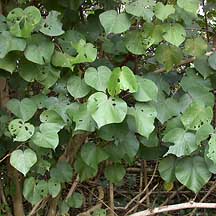 |
| Sea Hibiscus |
Fishtail Palm
The fishtail palm, known botanically as Caryota, is a member of the Arecaceae family. The genus includes 13 species that are notable for having fishtail-shaped, divided leaves. These palms are native to Asia and the South Pacific, and are also cultivated as garden plants in other parts of the world.
These types of palms are fast-growing, and range in height from 6.096 meters to 15.24 meters. The smooth, gray palm trunk is cylindrical and ringed, and gives rise to palm leaves at regularly spaced intervals. The leaves grow in a thick bunch at the top.
The fishtail palm trees begin flowering once they have reached their full height, and flower continuously for several years. The flowers are produced in a cluster of three, consisting of one reddish male flower and two greenish female flowers, and these clusters occur on thick bunches of long, hanging, braid-like cords. Flowering begins at the tree summit and then works its way downward to the bottom of the trunk also known as top-down flowering. Once the flowering has reached the bottom level, the fishtail palm dies, and new palms arise from the suckers at the base.
 |
Fishtail Palm
|
Sea Almond
The colourful Sea Almond Tree is among the most common trees in our region, growing wild as well as cultivated as a popular wayside tree.
The tree has a characteristic pagoda shape because it sends out a single stem from the top centre. When the single stem reaches a good height, it sends out several horizontal branches. This fast-growing tree grows on sandy shores.
The leaves form a rosette and are found only at the end of a branch. During the dry season, the leaves turn into autumn colours of red, copper, gold. The tree usually sheds all its leaves twice a year in January-February and July-August. The tree first drops its leaves when it reaches 3-4 years old.The green almond-shaped fruit turns red to purple when ripe. The seeds are dispersed by water. The smooth outer skin covers an inner layer of corky fibres which surround the nut. This shell helps the fruit to float.
So rumour has it each leaf is worth $1 on ebay. hmm.
 |
| Sea Almond |
Bamboo
 |
| Bamboo |
Bamboo is one of the fastest-growing plants on Earth with reported growth rates of 100 cm (39 in) in 24 hours. However, the growth rate is dependent on local soil and climatic conditions as well as species, and a more typical growth rate for many commonly cultivated bamboos in temperate climates is in the range of 3–10 cm per day during the growing period. Some of the largest timber bamboo can grow over 30 metres tall, and be as large as 15–20 cm in diameter. However, the mature bamboo in the above picture, which is located in Sungei Buloh, is slightly smaller. As you can see, the Bamboo is a very resilient plant and easily out competes the shrubs growing around it. The branching stems form a sheltered area where there is little sunlight for other plants to grow, and their outreaching stems are also interfering with other plants' growth.
The following is an extract from a journal source:
Unlike trees, individual bamboo stems, or culms, emerge from the ground at their full diameter and grow to their full height in a single growing season of 3–4 months. During these several months, each new shoot grows vertically into a culm with no branching out until the majority of the mature height is reached. Then the branches extend from the nodes and leafing out occurs. In the next year, the pulpy wall of each culm slowly hardens. During the third year, the culm hardens further. The shoot is now considered a fully mature culm. Over the next 2–5 years (depending on species), fungus and mold begin to form on the outside of the culm, which eventually penetrate and overcome the culm. Around 5 – 8 years later (species and climate dependent), the fungal and mold growth cause the culm to collapse and decay. This brief life means culms are ready for harvest and suitable for use in construction within about 3 – 7 years. Individual bamboo culms do not get any taller or larger in diameter in subsequent years than they do in their first year, and they do not replace any growth that is lost from pruning or natural breakage. Bamboos have a wide range of hardiness depending on species and locale. Small or young specimens of an individual species will produce small culms initially. As the clump and its rhizome system matures, taller and larger culms will be produced each year until the plant approaches its particular species limits of height and diameter.
ref; http://en.wikipedia.org/wiki/Mangrove
http://www.naturia.per.sg/buloh/plants/sea_almond.htm
http://www.wildsingapore.com/wildfacts/crustacea/crab/sesarmidae/episesarma.htm
http://en.wikipedia.org/wiki/Bamboo
http://en.wikipedia.org/wiki/Caryota
http://www.wildsingapore.com/wildfacts/plants/coastal/hibiscus/tiliaceus.htm













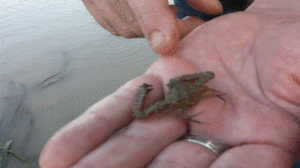









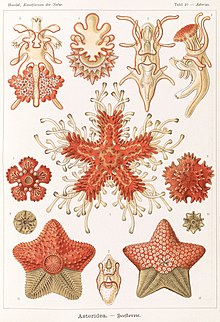
.jpg)




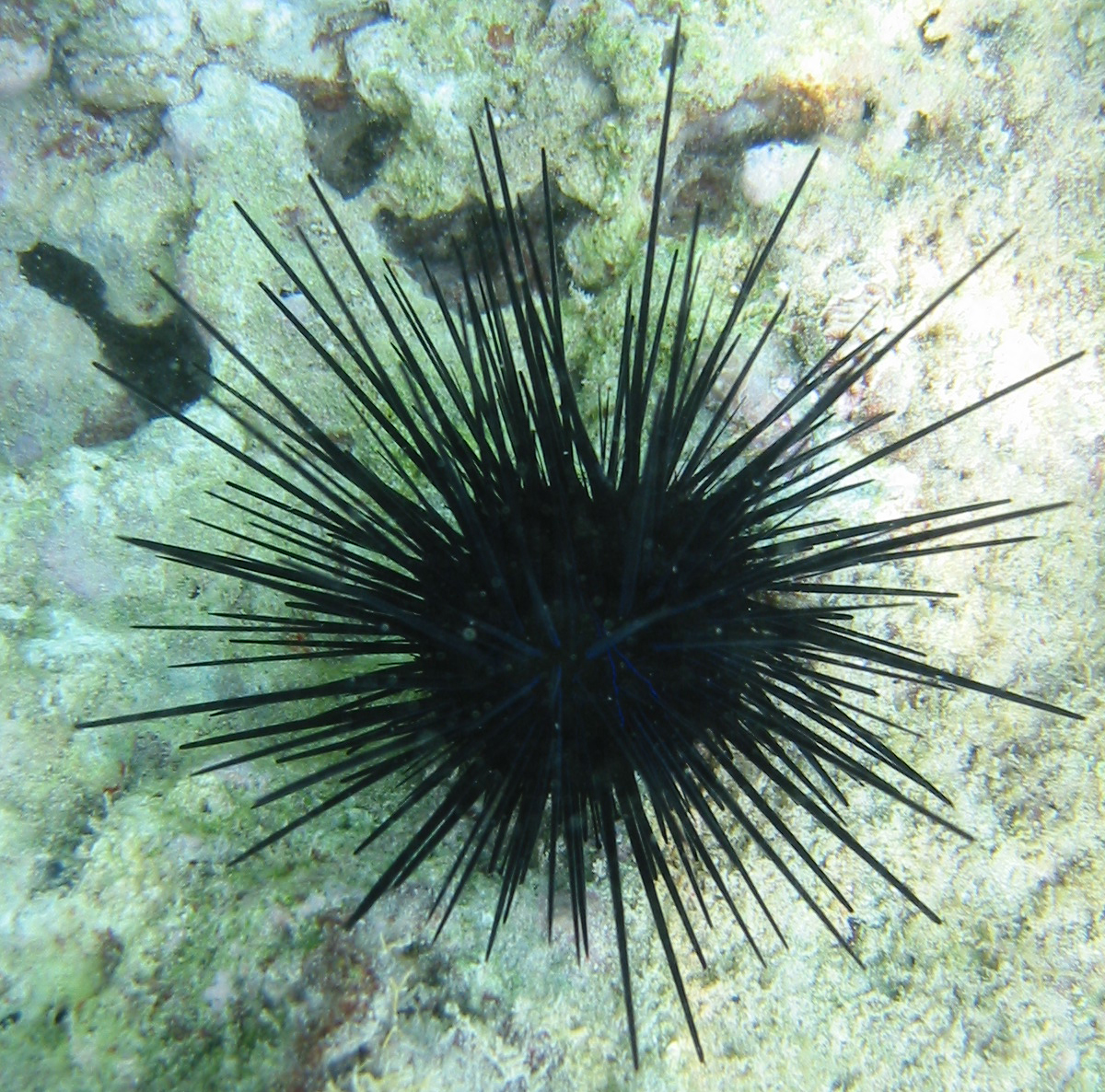
.JPG)



.JPG)

